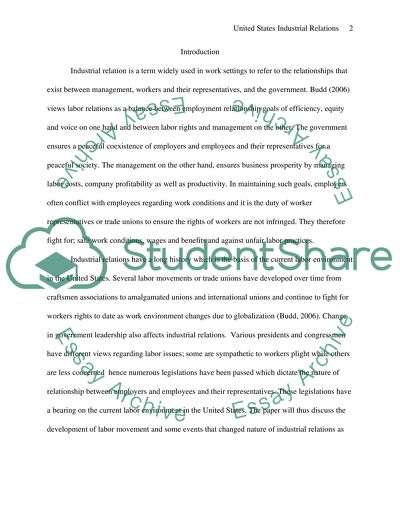Cite this document
(“United States industrial relations Research Paper”, n.d.)
Retrieved from https://studentshare.org/family-consumer-science/1409486-united-states-industrial-relations
Retrieved from https://studentshare.org/family-consumer-science/1409486-united-states-industrial-relations
(United States Industrial Relations Research Paper)
https://studentshare.org/family-consumer-science/1409486-united-states-industrial-relations.
https://studentshare.org/family-consumer-science/1409486-united-states-industrial-relations.
“United States Industrial Relations Research Paper”, n.d. https://studentshare.org/family-consumer-science/1409486-united-states-industrial-relations.


